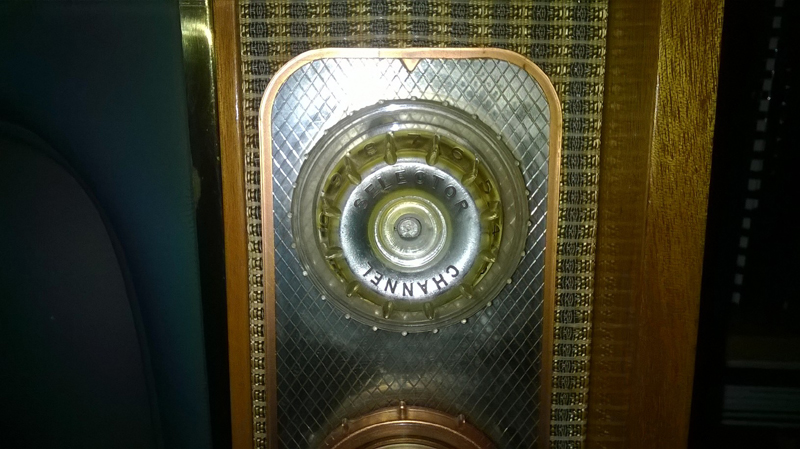Vintage Television
Forum home - Go back to Vintage Television
|
BGE Television tuning knob - Model T212
|
|
|
« Back ·
1 ·
Next »
|
|
|
Return to top of page · Post #: 1 · Written at 4:55:05 PM on 16 August 2016.
|
|
|
|
Location: Ryde, NSW
Member since 29 October 2008 Member #: 370 Postcount: 111 |
|
Hi - I'm looking to buy a channel change knob (tuner knob) for a BGE model T212 television - hopefully someone out there has one they don't want.  |
|
|
Return to top of page · Post #: 2 · Written at 5:14:10 PM on 16 August 2016.
|
|
|
|
Location: Hobart, TAS
Member since 31 July 2016 Member #: 1959 Postcount: 589 |
|
If you could show me what it looks like, I'll go through my knob boxes. |
|
|
Return to top of page · Post #: 3 · Written at 5:24:58 PM on 16 August 2016.
|
|
|
|
Location: Melbourne, VIC
Member since 20 September 2011 Member #: 1009 Postcount: 1260 |
|
Also should be the same as a STC T212. |
|
|
Return to top of page · Post #: 4 · Written at 2:59:26 PM on 18 August 2016.
|
|
|
|
Location: Belrose, NSW
Member since 31 December 2015 Member #: 1844 Postcount: 2671 |
|
If you've got the Volume knob and it's a matching style that I could use to create the silicone mould, I could cast you a replica in clear epoxy. You'd then need to drill and paint it. Stronger than the original. Only problem is it wouldn't have the channel numbers on it. |
|
|
Return to top of page · Post #: 5 · Written at 4:57:23 PM on 31 August 2016.
|
|
|
|
Location: Ryde, NSW
Member since 29 October 2008 Member #: 370 Postcount: 111 |
|
Picture of knob now uploaded. |
|
|
Return to top of page · Post #: 6 · Written at 11:36:36 AM on 3 September 2016.
|
|
|
|
Location: Belrose, NSW
Member since 31 December 2015 Member #: 1844 Postcount: 2671 |
|
Yes it's the later jelly-mould style. |
|
|
Return to top of page · Post #: 7 · Written at 7:39:49 AM on 4 September 2016.
|
|
|
|
Location: Ryde, NSW
Member since 29 October 2008 Member #: 370 Postcount: 111 |
|
Thanks for the advice. The knob in the picture is from another TV of the same model. |
|
|
Return to top of page · Post #: 8 · Written at 2:23:12 PM on 4 September 2016.
|
|
|
|
Location: Belrose, NSW
Member since 31 December 2015 Member #: 1844 Postcount: 2671 |
|
Well, I have enough materials left over from the AWA project to make a replica Channel knob, using the Volume knob (non-destructively) to make the mould if you like. You'll get a clear epoxy replica you can drill, tap and paint. |
|
|
« Back ·
1 ·
Next »
|
|
|
You need to be a member to post comments on this forum.
|
|

Sign In

Vintage Radio and Television is proudly brought to you by an era where things were built with pride and made to last.
DISCLAIMER: Valve radios and televisions contain voltages that can deliver lethal shocks. You should not attempt to work on a valve radio or other electrical appliances unless you know exactly what you are doing and have gained some experience with electronics and working around high voltages. The owner, administrators and staff of Vintage Radio & Television will accept no liability for any damage, injury or loss of life that comes as a result of your use or mis-use of information on this website. Please read our Safety Warning before using this website.
WARNING: Under no circumstances should you ever apply power to a vintage radio, television or other electrical appliance you have acquired without first having it checked and serviced by an experienced person. Also, at no time should any appliance be connected to an electricity supply if the power cord is damaged. If in doubt, do not apply power.
Shintara - Keepin' It Real · VileSilencer - Maintain The Rage
